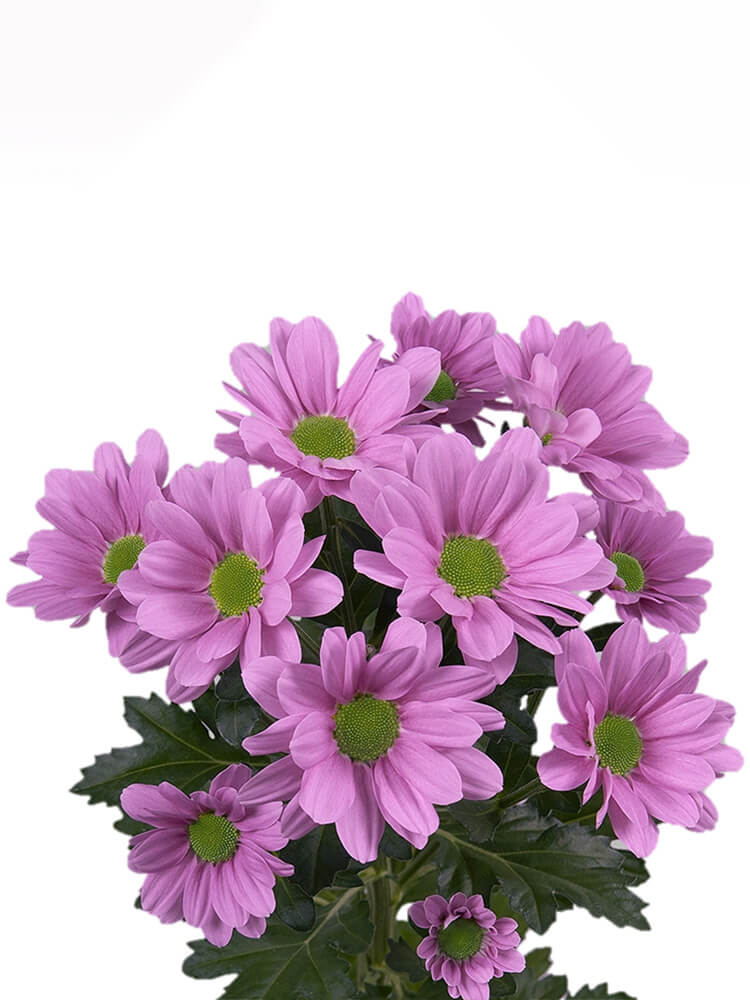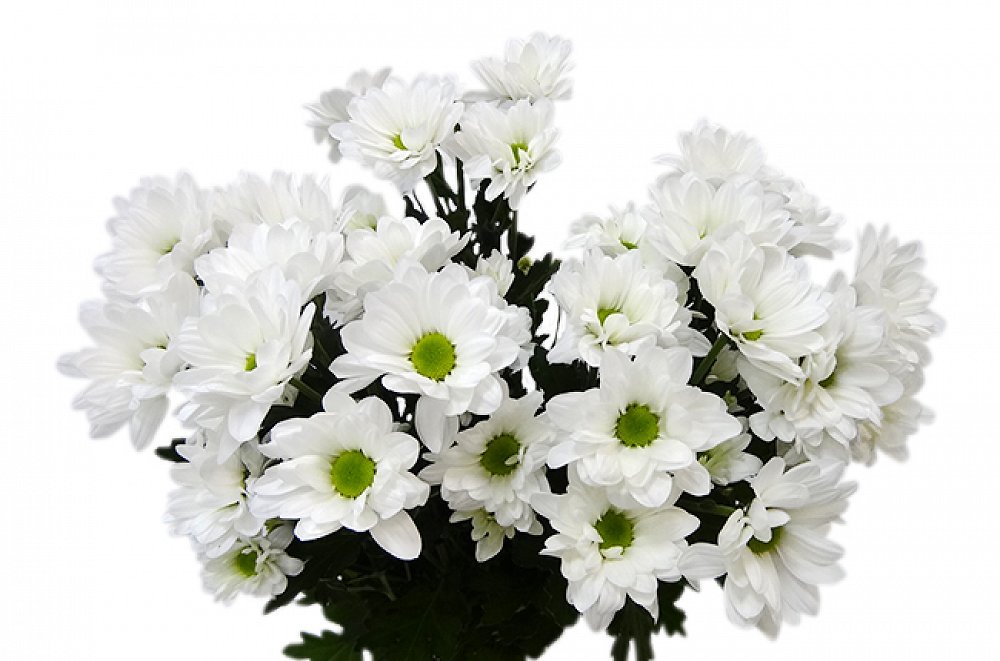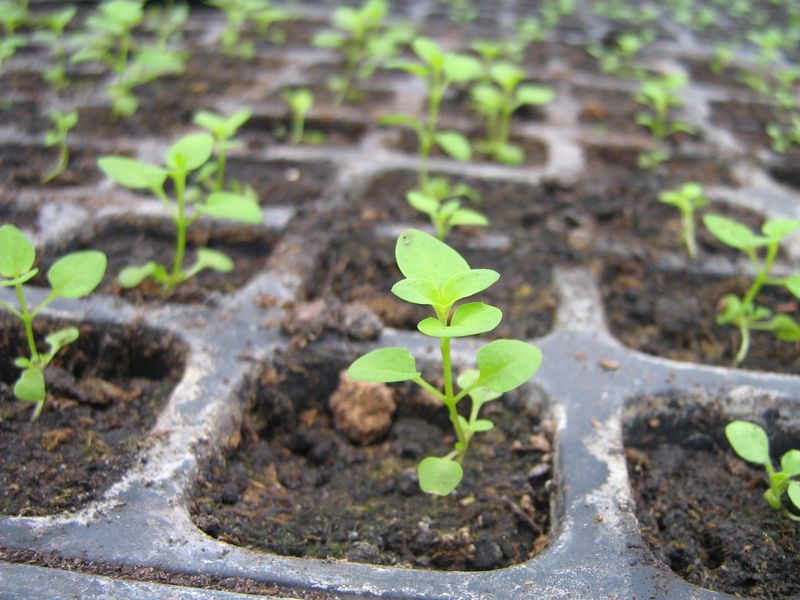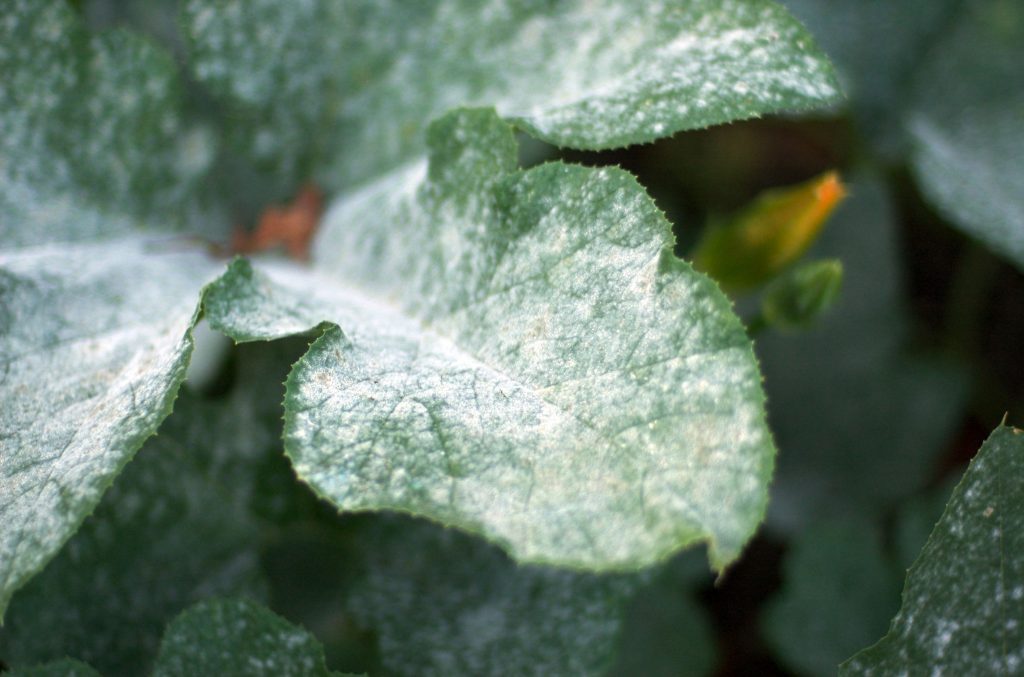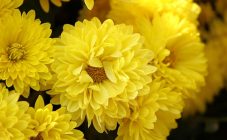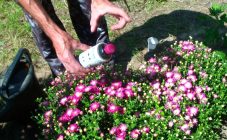Content:
Chrysanthemum bush Bacardi is very popular in the preparation of floristic compositions, including wedding ones. The flower is beautiful in itself, as well as in the neighborhood with others. With the help of sparkles and dyeing, truly unforgettable bouquets are created.
Bacardi chrysanthemum
The Bacardi variety was bred relatively recently - in 2004. It was then that at his concert the Dutch singer Marco Borsato presented a novelty to the public. The flower quickly gained immense popularity due to its "commercial" qualities. Like all chrysanthemums, Bacardi does not fade for a very long time after being cut. The stem has good strength and elasticity, so the bouquet does not suffer during transportation.
Although the genus of chrysanthemums (Chrysánthemum - translated from Latin as "golden-colored") is known for the fact that the flowers are necessarily yellow, the modern variety of varieties covers almost the entire spectrum of flowers.
By its shape, the flower most of all resembles the well-known garden chamomile. The corolla diameter is 6.5 cm, and the core is much smaller - only 1.5 cm in diameter. The benefits of the plant lie not only in its exceptional attractiveness and pleasant aroma, although, of course, decorative varieties are grown precisely for the beauty of flowers. In Japan, wine is made from the ground part, and it is also used in cooking. Extracts from petals are used in cosmetology.
Characteristics of chrysanthemum Bacardi
A shrub perennial plant pleases with flowering in the very first year after planting. The shoot is naked, without pubescence. Leaves of a simple shape with a slightly jagged green edge are arranged alternately on the stem. The flower is a basket, along the edges of which are the marginal reed flowers (petals), and in the center - small tubular. The chrysanthemum fruit is achene.
The average height of Bacardi is about 50 cm. Flowering occurs mainly in September.
Types and varieties
A fairly rich palette of Bacardi shades includes the following varieties:
- White - white chrysanthemum Bacardi with a green core;
- Pink - the petal is pink, and the core is yellow;
- Cream - creamy (pearl shade) petals and golden core;
- Bordeaux - scarlet petals and a yellow-green core;
- Sunny - lemon yellow petals and a greenish heart.
- Celebrate is a Dutch variety with lush yellow flowers.
With such a richness of colors, the differences between the varieties are insignificant. They do not relate to the size of the flower - it does not exceed 6.5 cm in diameter. The bushes are not tall, growing to a height of up to 0.5 m. The flowering period, according to the description, varies from the second decade of August to the end of September.
Planting and leaving
In one place, the plant feels good for at least 5 years, after which a rejuvenating transplant is required. However, gardeners prefer to divide the bushes every 3 years immediately after the first autumn frosts. The mother bush of the Bacardi chrysanthemum is dug up and divided into several parts, and then each part is planted immediately in a new place.
Another very popular breeding method is cuttings. For this, the stalk is cut off the ground.The top is removed, leaving a total length of 8-10 cm. The leaves are retained. The stalk is immediately planted in a pot of black soil, covered with a transparent cap and brought into a room with a temperature of 11-13 ° C. In such conditions, the roots appear willingly, albeit slowly. In the spring, such a cutting can be planted in a flower bed.
The seeds are used for seedling propagation and sowing directly into open ground. If the planting method is chosen, the ideal time for this is the end of May. The holes are arranged according to the scheme 30 × 30 cm, and 3 seeds are thrown into each at once.
Seat selection
Chrysanthemum Bacardi is very fond of the sun. In order for the flower buds of the next year to form, the bush needs light. In partial shade, it will not die, but it will not bloom either. Culture is no less demanding on the composition of the soil. A lot of organic matter is required, so if you intend to plant in the spring in the fall, they dig up the soil, adding a bucket of manure for each square meter.
Additionally recommended:
- Do not thicken the fit. The minimum distance between individual bushes is 25 cm.
- A little sand is added to each well for better aeration of the soil.
- Do not overburden the cuttings or cuttings.
- Immediately after planting, spray the leaves with Epin for quick adaptation, or pour with Kornevin's solution.
- If the weather has not yet settled, then at first it is advisable to cover the planting with agrofibre at night.
Care
Watering should be regular, because if there is a lack of moisture, the plant is able to shed all the buds. The need for moisture directly depends on the shape of the leaf. The larger the leaf plate, the more moisture it loses per day, the more water the bush needs. Bushes with small leaves can be watered less often, as they are much more drought tolerant.
Top dressing is performed several times per season, while introducing complex mineral mixtures, as well as humates. At a time when the buds have not yet appeared, and the bush is actively increasing the green mass, it is advisable to apply nitrogen fertilizer.
Bush formation
Trimming and pinching is done regularly. First (in the first year after planting), the top is removed as soon as the central shoot reaches a height of 10 cm. Following it, as it grows, the rest of the shoots are pinched. Then they leave the bush alone until flowering, you just need to regularly cut off the faded baskets.
If the wilted flowers are not removed, the flowering time will be greatly reduced. By pruning the side shoots, you can achieve a significant increase in the size of the remaining flowers, since the plant will direct all its forces to them.
Wintering is one of the critical moments in growing chrysanthemums. In most regions of Russia, where in winter the temperature does not fall below 30 degrees below zero, the bushes hibernate without loss. With the end of flowering, the clean ground part of the plant is necessarily cut off, and the bush itself is earthed up and covered with a layer of mulch or fallen leaves. If the region has much colder winters or the variety is characterized by a low winter hardiness, the bush is dug up in the fall and, together with a lump of earth, is placed in a pot of a suitable size and brought into a room where the temperature of 0-5 ° C will be maintained throughout the winter. No light required. From time to time, chrysanthemums need to be visited to moisten the earth. In the spring, after the soil thaws, they land on a new place.
Diseases and pests, control measures
Diseases usually bypass planting chrysanthemums. However, due to the fact that there are often other decorative crops nearby in the flower bed, inspection should be regular. It is easier to fix the problem at the very beginning than to deal with serious consequences later.
Bush chrysanthemum can be damaged by:
- Spider mites - suck sap from leaves. It is easy to identify by typical cobwebs from the inside of the leaves. If the foliage of the bush acquires a gray-brown tint, darkens, and then falls off, there is reason to believe that it is affected by the spider mite. Treatment with specialized insecticides will help.
- Leaf nematodes - with multiple lesions, they cause deformation of the leaves, a change in their color. Most often, dark spots appear on the leaf plates between the veins. This is a very dangerous disease that requires the destruction of the affected plant parts (burning), as well as replacing the soil.
- Verticillosis is an infection that attacks the roots. At a certain stage, the leaves turn yellow and wilt from the roots to the top of the bush. If the case is not neglected, then biological products will help, and if the situation is missed, there will be no choice but to destroy the affected plant.
- Powdery mildew - outwardly looks like a whitish bloom on the buds and leaves around them. The traditional method of control is spraying with Bordeaux liquid, as well as removing lesions.
Year after year, chrysanthemum pleases the owner with invariably abundant flowering, which little can interfere with. Decorate your garden with Bacardi, caring for it is very simple, and the result is consistently excellent.
